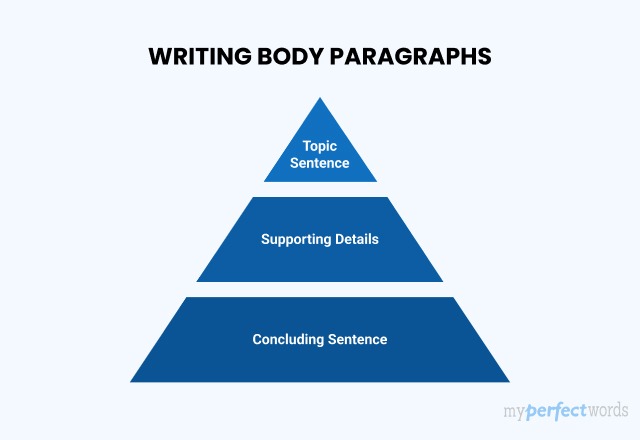What is a 5 Paragraph Essay?
A five-paragraph essay is a structured format of essay writing that consists of one introductory paragraph, three body paragraphs, and one concluding paragraph. It is also known by several other names, including Classic Essay, Three-Tier Essay, Hamburger Essay, and One-Three-One Essay.
This type of essay format is commonly taught in middle and high school and is mainly used for assignments and quick writing exercises. The five-paragraph essay is designed to help writers organize their thoughts clearly and logically, making it easier for readers to follow the argument or narrative.
The structure is popular because it works for almost all types of essays. Whether you're writing a compare and contrast or argumentative essay, this format helps you organize your thoughts clearly. It's best for topics that can be explained well in just five paragraphs.
Steps to Write a Five-Paragraph Essay
Writing a five-paragraph essay involves clear and structured steps to effectively communicate your ideas. Here’s how to do it:
Step 1: Understand the Assignment
Knowing your topic before you start writing is really important. The first thing you need to do is figure out what your essay is supposed to be about. This is usually called the thesis statement or main idea.
If your teacher didn’t give you a specific topic, you should pick something that you can talk about enough to fill five paragraphs.
Here are some tips to help you understand your topic:
- Think about what interests you or something you already know a bit about. It’s easier to write when you care about the topic.
- Read through the assignment carefully to see if there are any specific instructions or questions you need to answer.
- If you’re not sure about your topic, try talking it over with someone else—a friend, family member, or even your teacher—to get some ideas. You can also find some good essay ideas by checking out our essay topics blog.
Once you’ve picked a topic, take a moment to write down what you already know about it. This can help you see if you need to do more research or if you have enough to start writing. Understanding your topic well from the start makes the writing process much smoother.
Step 2: Outline Your Essay
Creating an outline is like making a plan for your essay before you start writing. An essay outline helps you organize your ideas and decide what you want to say in each part of your essay.
Your outline acts as a guide that reveals any gaps or the need for rearranging ideas. It functions like a roadmap that guides you through writing your essay, so it should be easy for you to understand and follow.
To create a good outline think about the most important things you want to say about your topic. These will be your main ideas for each body paragraph.
Here’s a simple 5-paragraph essay outline template:
Five-Paragraph Essay Format Introduction:
Body Paragraph 1:
Body Paragraph 2:
Body Paragraph 3:
Conclusion:
|
Step 3: Write the Introduction
Writing the essay introduction is like inviting someone into your essay—it sets the tone and tells them what to expect. Here’s how to craft a strong introduction:
- First, start with a hook. This could be something surprising or interesting, like a shocking fact or a thought-provoking question. It’s meant to grab your reader's attention right away, making them curious about what you’re going to say next.
- Next, provide some background information about your topic. This helps your reader understand the context of your essay. Think of it like setting the stage before a play—you want to give enough information so that your audience knows what’s going on.
- Finally, write your thesis statement. This is the main point of your essay summed up in one clear sentence. It tells your reader what you’re going to argue or explain throughout the rest of your essay.
For Example:
For the exercise essay, an introduction could start with: "Did you know that regular physical activity not only keeps you fit but also enhances your mental well-being? Exercise is more than just a way to stay in shape—it's a key to a healthier, happier life." |
Step 4: Develop Body Paragraphs
Developing body paragraphs is like building the main part of your essay—it’s where you explain your ideas in detail. Here’s how to do it effectively:
First, each body paragraph should have one main idea that supports your thesis. This main idea is introduced in the topic sentence, which is like a mini-thesis for that paragraph. It tells your reader what the paragraph is going to be about.
After you introduce your main idea, you need to support it with evidence. These could be examples, facts, or explanations that help prove your point. Imagine you’re explaining your idea to a friend—you’d give reasons and examples to make them understand and believe what you’re saying.
Step 5: Transition Between Paragraphs
Smooth transitions between paragraphs are like bridges that connect one idea to the next in your essay. They help your reader follow your thoughts easily and see how each point relates to the overall argument.
To use transitions effectively, think about how each paragraph connects to the next. If you're moving from talking about one idea to another that contrasts or supports it, use transition words like "however," "similarly," or "on the other hand." These words signal to your reader that you're shifting to a new point while still maintaining the flow of your argument.
For example, if you're discussing the physical benefits of exercise in one paragraph and want to transition to its mental benefits in the next, you might write: "After discussing the physical benefits of exercise, it's important to consider its impact on mental well-being as well." |
Step 6: Write the Conclusion
Writing an essay conclusion is like wrapping up a conversation. You want to remind the reader of what you've discussed and leave them with something to think about. Here’s how to do it:
- Start by summarizing the main points of your essay. Go over the key ideas from each of your body paragraphs. This reminds the reader of what you’ve covered without going into too much detail again.
- Next, restate your thesis in different words. This helps reinforce your main argument and shows that you’ve supported it throughout your essay.
- Finally, end with a final thought or recommendation. This could be a call to action, a suggestion, or a thought-provoking statement that leaves the reader thinking about your topic.
For Example:
"In conclusion, incorporating regular exercise into your routine not only improves your physical fitness but also enhances your overall quality of life. Start small, stay consistent, and reap the rewards of a healthier, happier you." |
Step 7: Revise and Edit
Revising and editing your essay is like giving it a final polish to make sure everything is clear and correct. Here are some tips for revising and editing:
- Take a Break: After writing your essay, take a short break before you start revising. This helps you see your work with fresh eyes.
- Read Aloud: Reading your essay out loud can help you catch errors and awkward sentences.
- Ask for Feedback: Sometimes, another person can spot mistakes you’ve overlooked. Ask a friend or family member to read your essay and give feedback.
- Be Patient: Don’t rush the revision process. Take your time to ensure your essay is the best it can be.
5 Paragraph Essay Examples
Here is some free 5-paragraph essay example pdfs for you to download and get an idea of the format of this type of essay.
5 Paragraph Essay Topics
Here are some common and trending topics for 5-paragraph essays:
- Discuss needed changes to improve the education system.
- Analyze the effects of globalization on society.
- Explore ways to promote sustainable practices.
- Address issues of healthcare equity.
- Examine progress and challenges in gender equality.
- Discuss the impact of immigration policies.
- Explore needed changes in the criminal justice system.
- Analyze ethical dilemmas in science and medicine.
- Discuss the effects of global pandemics.
- Explore the importance of diversity and inclusion.
So, learning the five-paragraph essay isn't just about school, it's about building strong communication skills that will serve you well in any writing task. By following this structured approach—you'll be writing with confidence in no time.
Now that you've got the basics down, don't hesitate to put them into practice. Whether you're tackling assignments for school or exploring new topics on your own, these skills will help you organize your thoughts.
And if you ever need a helping hand, visit our website and request "do my paper for me." Our expert writers are ready to assist with any type of assignment, from college essays to research papers. Don’t wait—take your writing to the next level today!



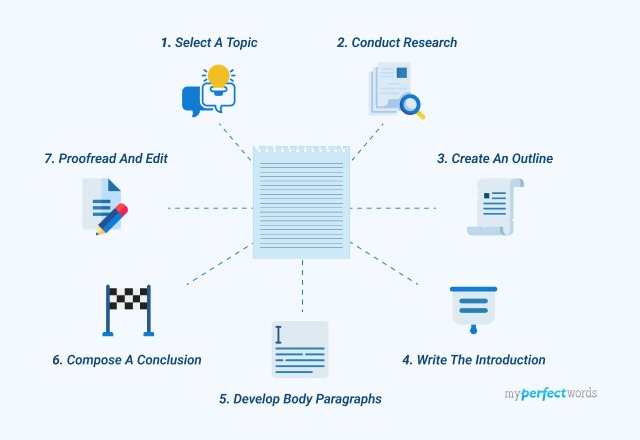

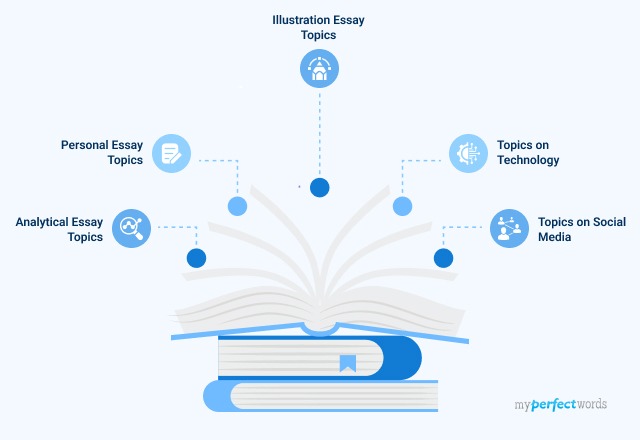


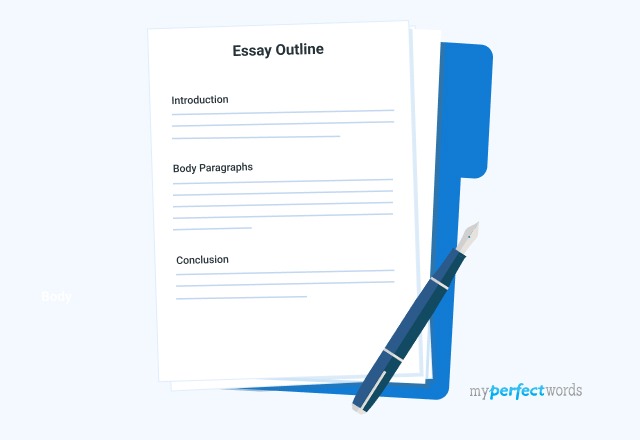

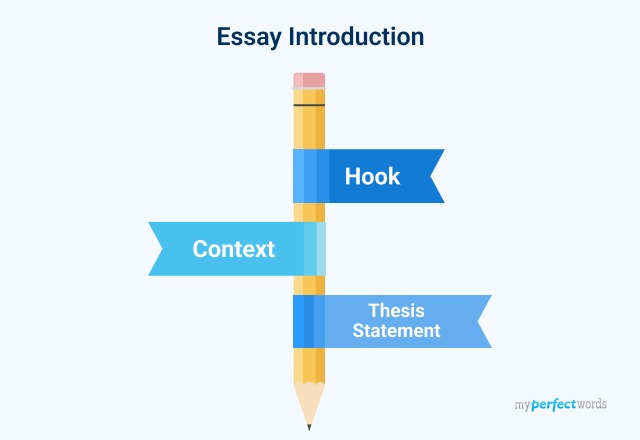


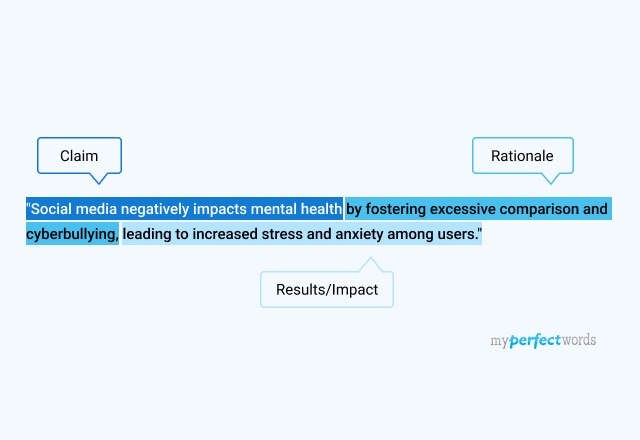







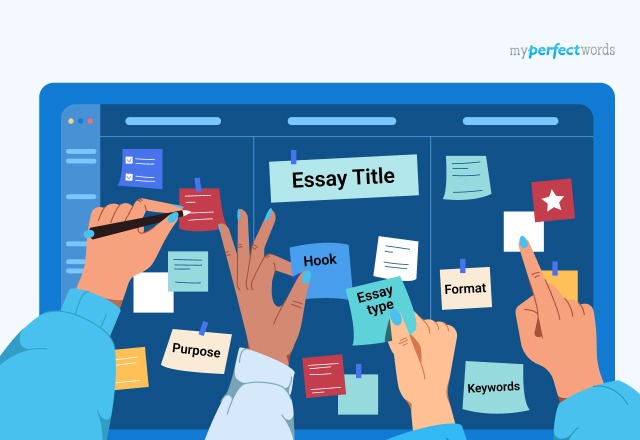
-9261.jpg)
